Upland bird hunters are wanderers and explorers. It’s just in our blood.
Our passion for wild birds, wild places, and wild experiences as we follow our dogs, and our dreams, across the landscape define who we are. As such, is it any wonder that we constantly seek out new locations, new adventures, and new memories?
From the harsh, yet beautiful, deserts of the southern border to the lonely and windswept plains, up to the roof of the continent far above timberline, and down into the deep silence of the Northwoods, here are 10 places to engage that passion.
While they may be wildly different in terms of geography and species, the one thing these destinations have in common is accessibility: All are public land, do-it-yourself hunts. No guides, no lodges, no access fees. Just you, your dog, and endless possibility.
Western Oklahoma Bobwhites
The Sooner State has long been a bucket-list bobwhite destination for many upland hunters, and the itinerant wingshooter will find a surprising number of quality public land options in the western third of the state. Stretching from north to south along the 100th Meridian, this mix of state Wildlife Management Areas (WMAs), National Grasslands, and walk-in access offers diverse upland opportunities.
Bobs are the primary target here, although an occasional pheasant or scaled quail may be found in the northern region. Beaver River, Cimarron Hills/Bluff and Cooper/Fort Supply WMAs in the North, Packsaddle WMA and Black Kettle National Grasslands in the middle, and Sandy Sanders WMA in the Southwest, form the nucleus of opportunity, although the Oklahoma walk-in program (the Oklahoma Land Access Program or OLAP) promises even more acres to hunt.
This is classic southern plains quail hunting with, depending on location, a mix of mixed and shortgrass prairie, rolling sand-sage hills, and rugged canyon breaks.
Bring plenty of water, as November early-season temps can soar, and boots for the dogs, because sandburs are ubiquitous.
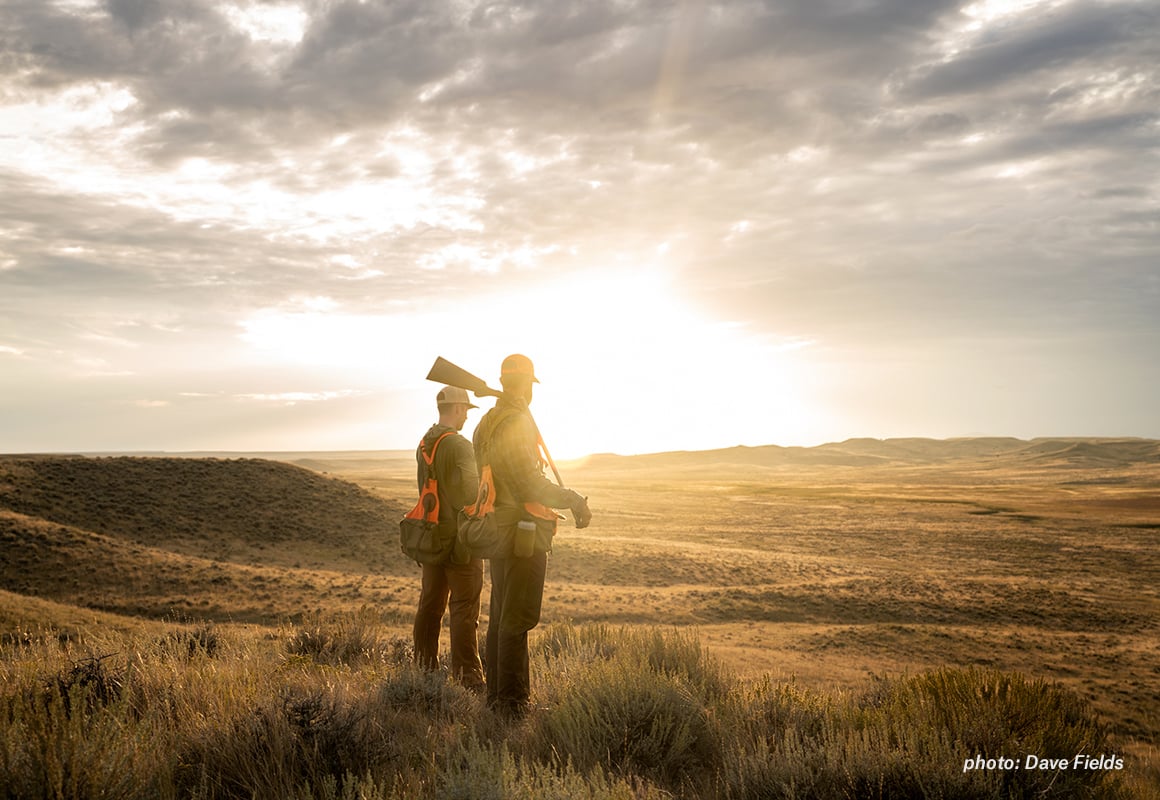
Southeastern New Mexico Scaled Quail
If cottontops are your passion (or dream) and you want to experience a true desert grasslands hunt, put southeastern New Mexico on your radar. The spectacular Chihuahuan Desert landscape of this spare, arid region is about as far removed from the CRP fields of the Midwest or the woods of the Upper Great Lakes as you can get.
And for the traveling wingshooter, that’s exactly the point. Although you can also find bobwhites, scaled quail are king here. These notorious desert runners thrive in the region but like all desert quail, their populations are highly dependent upon weather. Check the spring and fall reports on the Quail Forever website before planning your trip.
This is true desert hunting, which means heat, thorns, and cactus. Rattlesnakes are a concern, too. But what makes this hunt special for the DIY bird-hunting adventurer is the wealth of public land in the region, mostly federal. The Bureau of Land Management (BLM) oversees a big chunk of southeastern New Mexico, and some of the best scaled quail hunting can be found on these BLM tracts.
Be sure to have the BLM Layer on your Hunt App for all accessible land.
Northern Minnesota Grouse and Woodcock
Minnesota may be known as the Land of 10,000 Lakes. But for bird hunters in the know, it’s the state’s fantastic ruffed grouse and woodcock hunting that makes Minnesota special.
Simply put, Minnesota offers perhaps the best ruffed grouse and woodcock hunting in the nation, with flush rates and overall hunter success other states would kill for.
But what’s truly staggering about Minnesota bird hunting is the sheer amount of public hunting opportunity. Some 12 million acres of public hunting lands are available statewide, and some of the best—and most abundant—public land is found in the northern portion of the state.
The Chippewa and Superior National Forests are prime grouse and woodcock destinations, as are a dozen state forests in the central and northern counties. In addition, the state actively manages 49 ruffed grouse management areas that encompass over 100,000 acres, the vast majority of them in the northern part of the state.
If you’re a plains and prairies bird hunter, leave your claustrophobia at home, because this is woods hunting at its finest. Bells or GPS collars on the dogs, good boots, and a good compass or reliable GPS for you, are all recommended so you can wander at will. Consider early October to try and hit the woodcock migration.
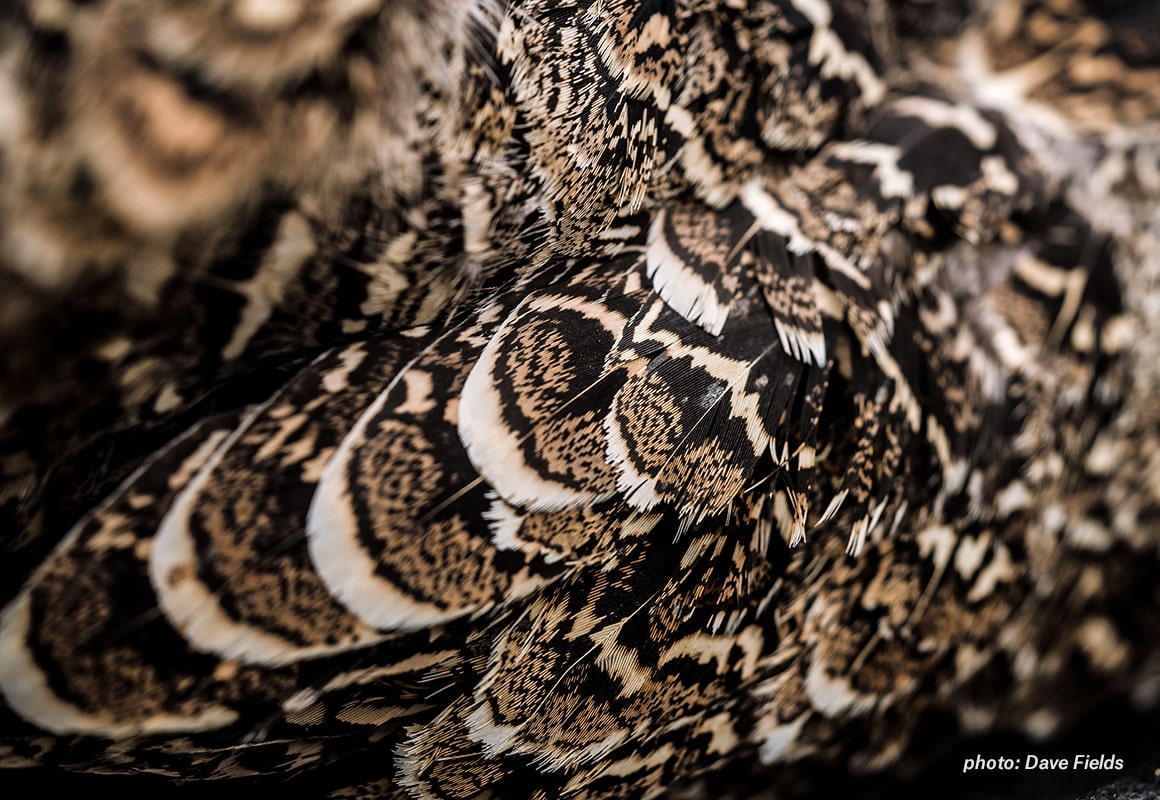
Nebraska Sandhills Sharptails
The Nebraska Sandhills call to those who crave splendid isolation, breathtaking views, and quality public land DIY hunting for sharptails. Be warned, however: This is big country, and the soaring grass-covered dunes (some reaching 300 feet high) can be challenging to walk if you’re not prepared.
There are four large tracts of federal public land in the Sandhills region, and all of them offer excellent hunting:
- Samuel McKelvie National Forest and Valentine National Wildlife Refuge (NWR) in the North
- Nebraska National Forest in the central part of the state
- Crescent Lake NWR on the western periphery of the Sandhills
All these areas offer quality hunting for not only sharptails, and depending on the spot, prairie chickens, pheasants, waterfowl, and isolated pockets of bobwhite quail as well.
Camping is allowed on McKelvie and Nebraska National Forest, but not Valentine NWR.
The city of Valentine is the closest town to both McKelvie and Valentine NWRs, and provides dining and lodging options. The Nebraska National Forest at Halsey has modern campsites at the Bessey Recreation Complex and two primitive campgrounds.
Cowboy State Chukar
Utter the word “chukar” and what probably comes to mind is western Idaho, Nevada, or some other classic interior-West chukar destination … along with lung-busting, muscle-roasting pain, of course. That’s why there is no more cultish (some would say masochistic) group of bird hunters than chukar chasers.
But if you’re a do-it-yourselfer who lives east of the Rockies and desperately wants to add the “devil bird” to your upland life list, distance may be an issue. Enter northern Wyoming.
This part of the Cowboy State is a viable option if you want to get a wild, public-land chukar fix on a tight budget and timetable. The Big Basin region of northern Wyoming encompasses some 10,000 square miles of terrain, much of it public land free for hunting. And there are chukar here.
While the hunting may not quite rival what can be found to the west, if you find rimrock or other steep terrain in conjunction with sage or cheatgrass, and access to water, you’ll likely find chukar. But chukar extract a price, and that price is physical exertion.
Hit the treadmill, then hit the hills.
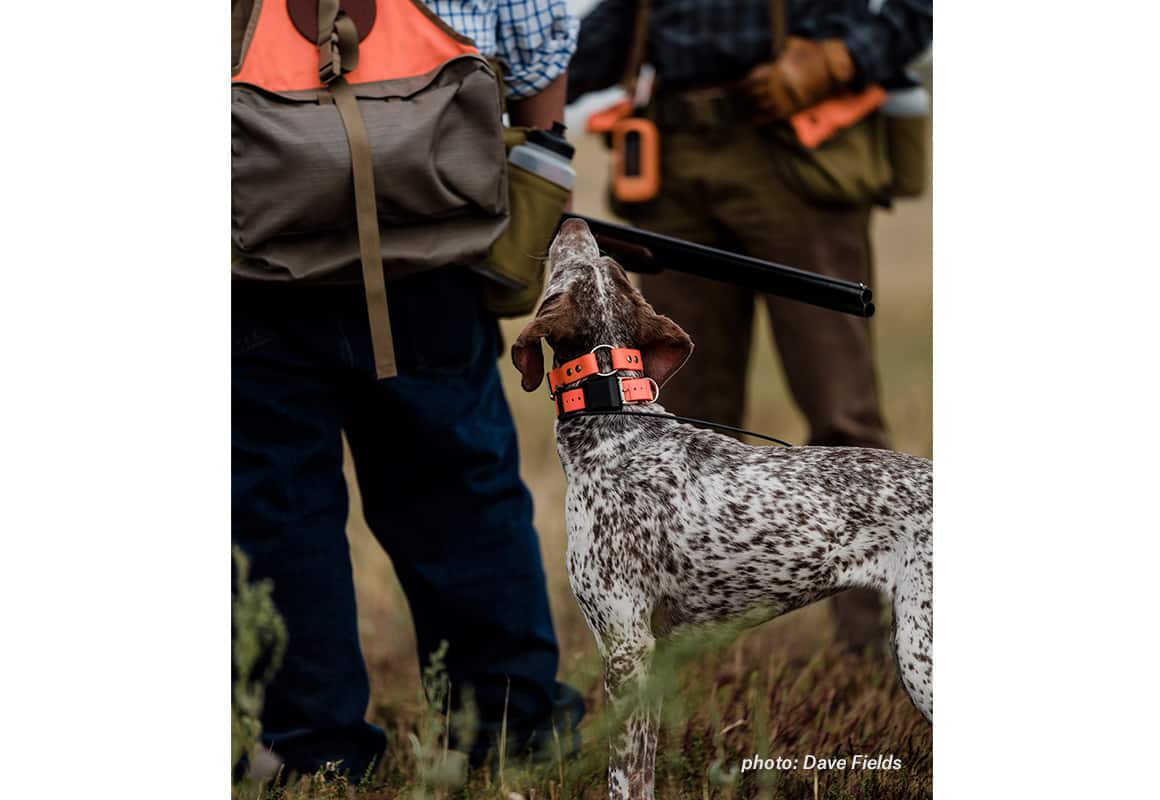
Early-Bird Kansas Prairie Chickens
It’s no secret that Kansas is a top wingshooting destination. Each year countless upland hunters pour into the Sunflower State in search of quail and pheasants. But that doesn’t happen until November.
What if there were a way to get the Kansas upland experience almost two months earlier than the regular season opener, and probably have the place all to yourself to boot? Well, you can, during Kansas’s early (usually a September 15 opener) greater prairie chicken season. This time of year, chickens tend to hold a bit better for dogs than they do later in the season, and the early opener can be a great way to knock off that summer rust for both you and the dogs.
Check the regs, and always be aware of where you are, as you can only hunt greaters in the central and eastern parts of the state. Farther west the season is closed to protect the threatened lesser prairie chicken. There are a number of state WMAs that offer good chicken habitat, but in Kansas, it’s all about the walk-in areas.
The Kansas Walk-In Hunting Area (WIHA) program offers over one million acres of leased ground, most of it in the central and western parts of the state, and much of it provides excellent prairie chicken hunting. Check the WIHA Layer on your Hunt App and hit the road.
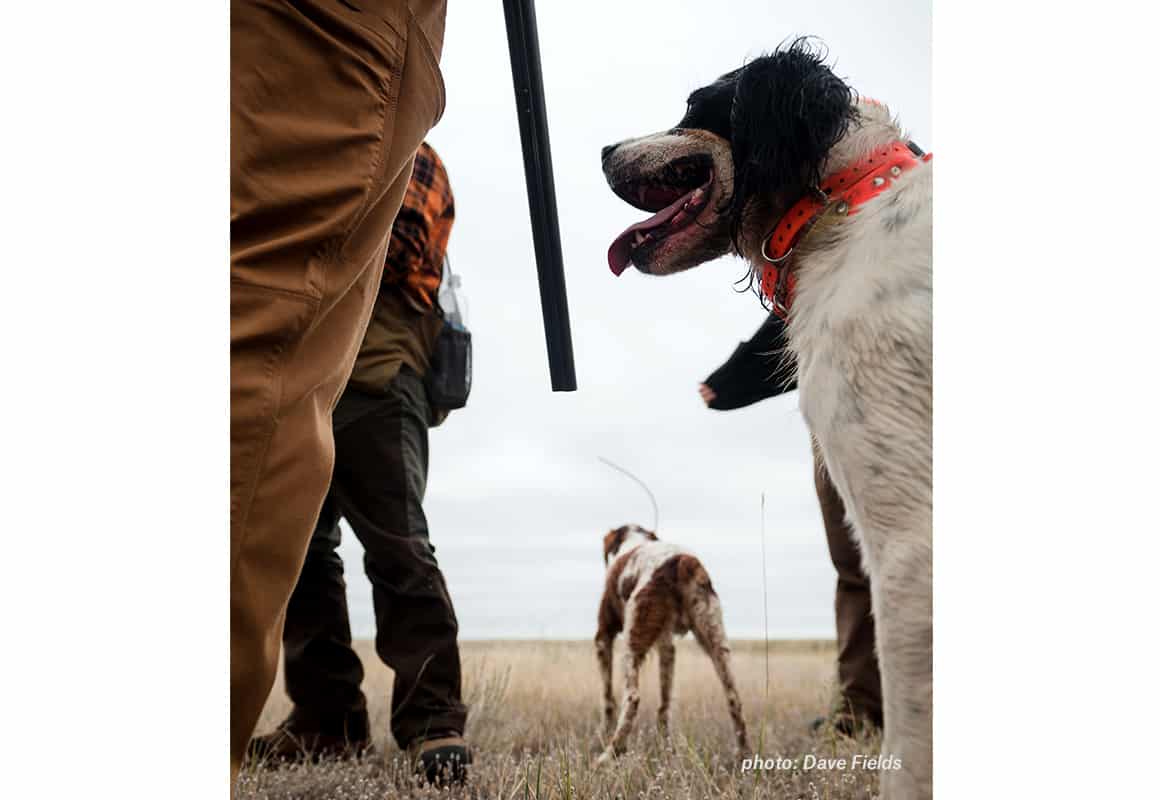
Big Bend Blues
With over 95 percent of Texas in private hands, it can be tough for the wandering public-land quail hunter to find some land.
Tough, but not impossible. If you’re willing to hustle and burn some gas, Texas can pay you back with some outstanding public hunting. For a truly unique hunt, head to the Trans-Pecos region of far western Texas.
If you want to literally get away from it all, and don’t mind being well and truly alone in the back of beyond with just you, your bird dog, and 140,000 or so acres of public terrain so lonely it could have come straight out of a movie, this region just might punch your quail-hunting ticket.
Black Gap WMA borders Big Bend National Park and shares 25 miles of the Rio Grande with Mexico. North of Black Gap lies Elephant Mountain WMA, while to the west is 11,000-acre Sierra Diablo WMA. This is primarily scaled quail country and it is rugged and utterly isolated. Bring an extra spare, extra water, extra gas, extra shells, extra everything.
Colorado Timberline Ptarmigan
If you want to truly measure what you’re made of, chasing white-tailed ptarmigan above 13,000 feet high in the Colorado Rockies will hand you the yardstick.
This bird of the alpine tundra, the smallest grouse in North America, can be found in scattered high-altitude locations across Colorado, almost always at or above timberline.
Along with the Himalayan snowcock, the ptarmigan is the highest-altitude bird you can hunt in the lower 48, and a truly unique upland trophy. Public-land opportunities abound in Colorado’s National Forest areas, and most hunters targeting ptarmigan concentrate on boulder fields and scree slopes above treeline.
However, this is no hunt for the weak of leg or heart. The air above 12,000 feet gets mighty thin, and weather conditions in the high country can change from bucolic to deadly in minutes.
Being in shape, dressed appropriately, and prepared for emergencies is critical.
High-Altitude Nevada Snowcock
Every list has to have an oddball, and the Himalayan snowcock is certainly that. Native to the Himalayas of southern Asia, and introduced into Nevada’s Ruby Mountains in the 1960s, the snowcock is easily the most unique—and perhaps the most difficult—upland target the traveling wingshooter can try for.
Indeed, the Ruby Mountains are the only place in the entire western hemisphere the snowcock (a member of the pheasant family) is found, so it’s also popular with birders looking to add the species to their life lists.
But whether you chase it with a field guide or a shotgun, snowcocks never come easy.
Occupying steep, rocky slopes above 10,000 feet, the snowcock of the Ruby Mountains may not have the ptarmigan beat on elevation, but they are exponentially more difficult to approach.
How rare is it to bag a snowcock? The Nevada Department of Wildlife explains that snowcock harvest reports have ranged from two to 23 birds. Since 1980, the average number of birds taken each year stands at eight. That’s tough hunting. Most hunters forego dogs and instead try to stalk close enough to flush.
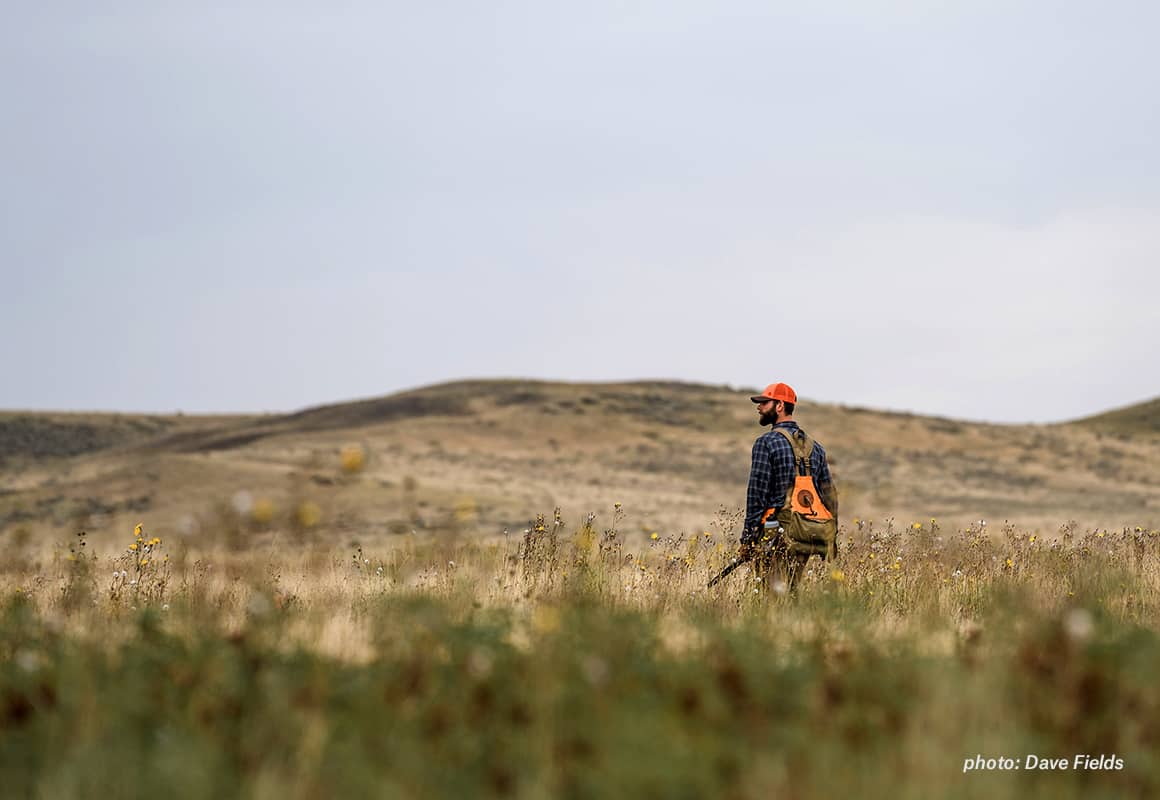
Central Montana Hungarian Partridge
Like the chukar and the ring-necked pheasant, the Hungarian partridge has become a beloved naturalized American citizen, and one of the best places to hear the rusty screen-door sound of the hun’s covey rise is in the open country of central Montana.
In addition to state and BLM lands, Montana’s Block Management program gives hunters access to millions of acres of private land. Lewistown sits smack in the middle of central Montana Hun territory, and makes a perfect base from which to explore the region.
And of course, this is Montana, so in addition to huns, you can also chase sage grouse, pheasants, and sharptails. Huns generally prefer open agriculture areas mixed with grassland and brushy draws, so concentrating on fields, wheat stubble and old homesteads (what famed bird-hunting writer and Hun specialist Ben O. Williams calls “hunsteads”) will produce birds.
header image: Dave Fields